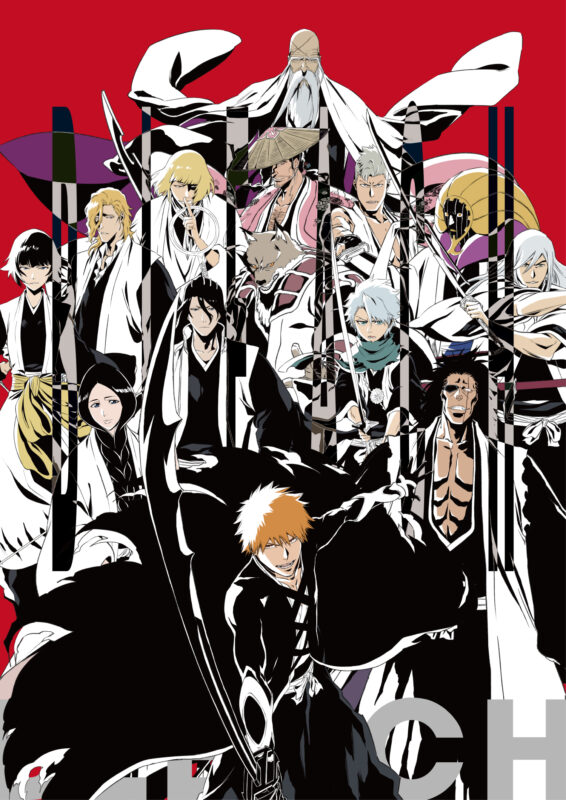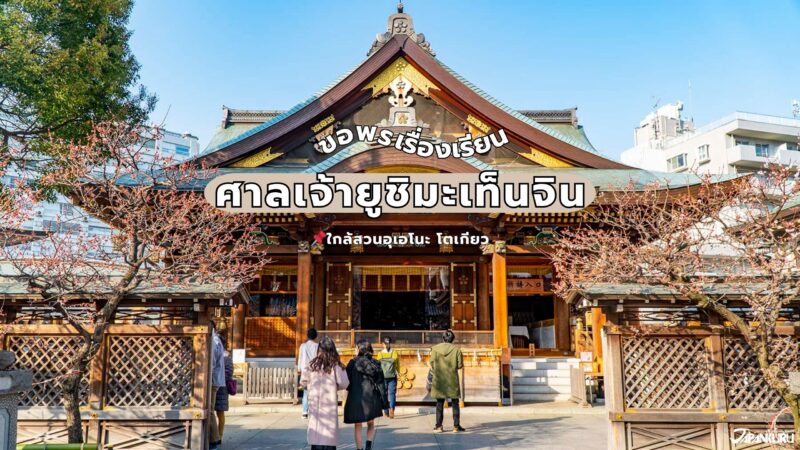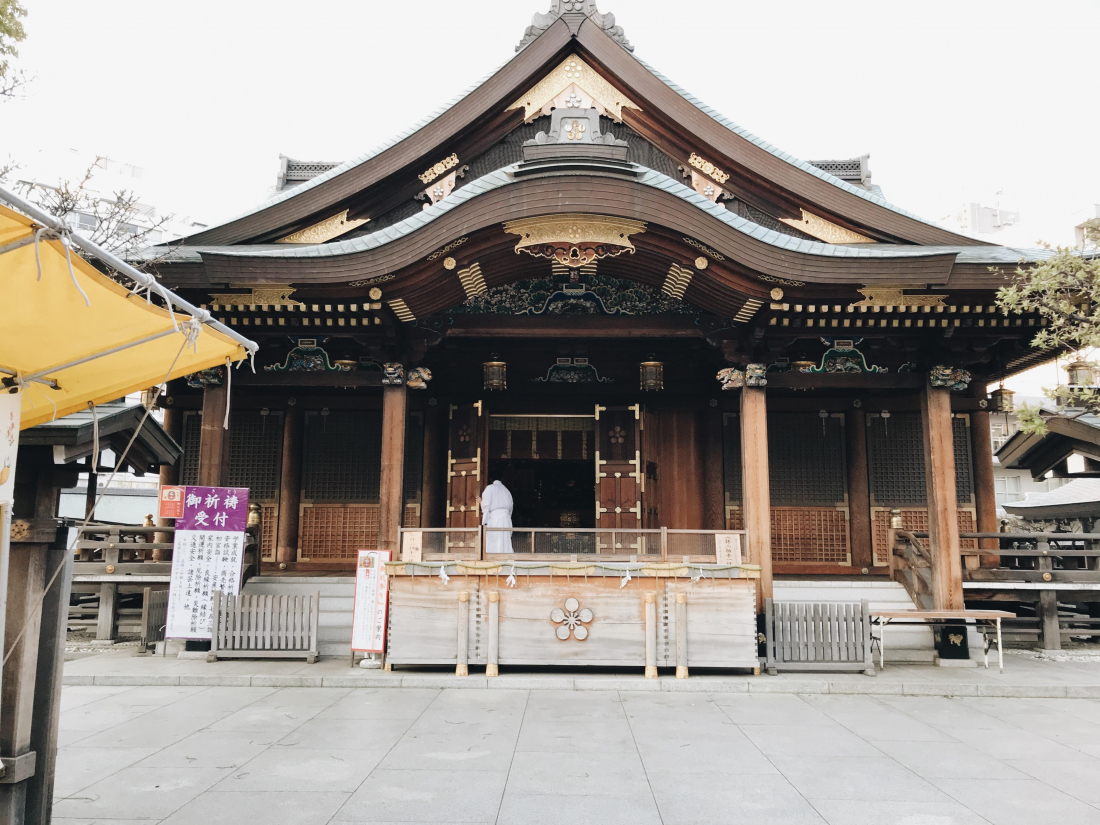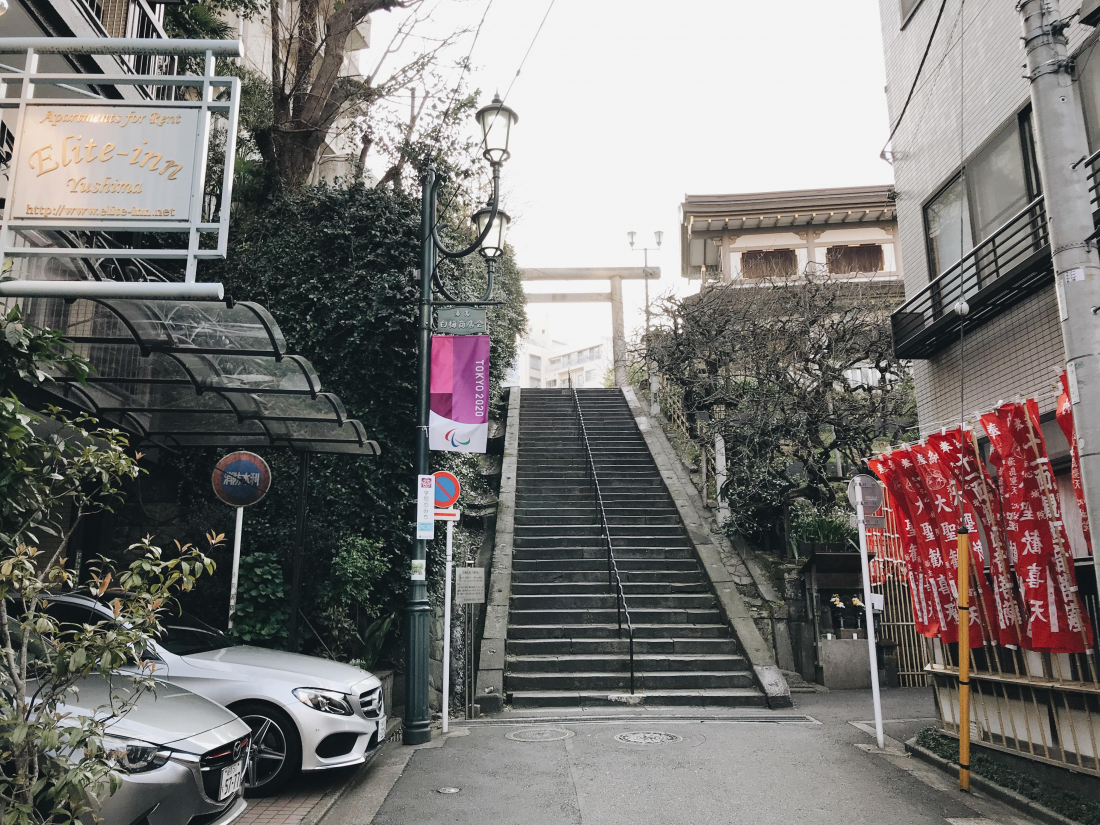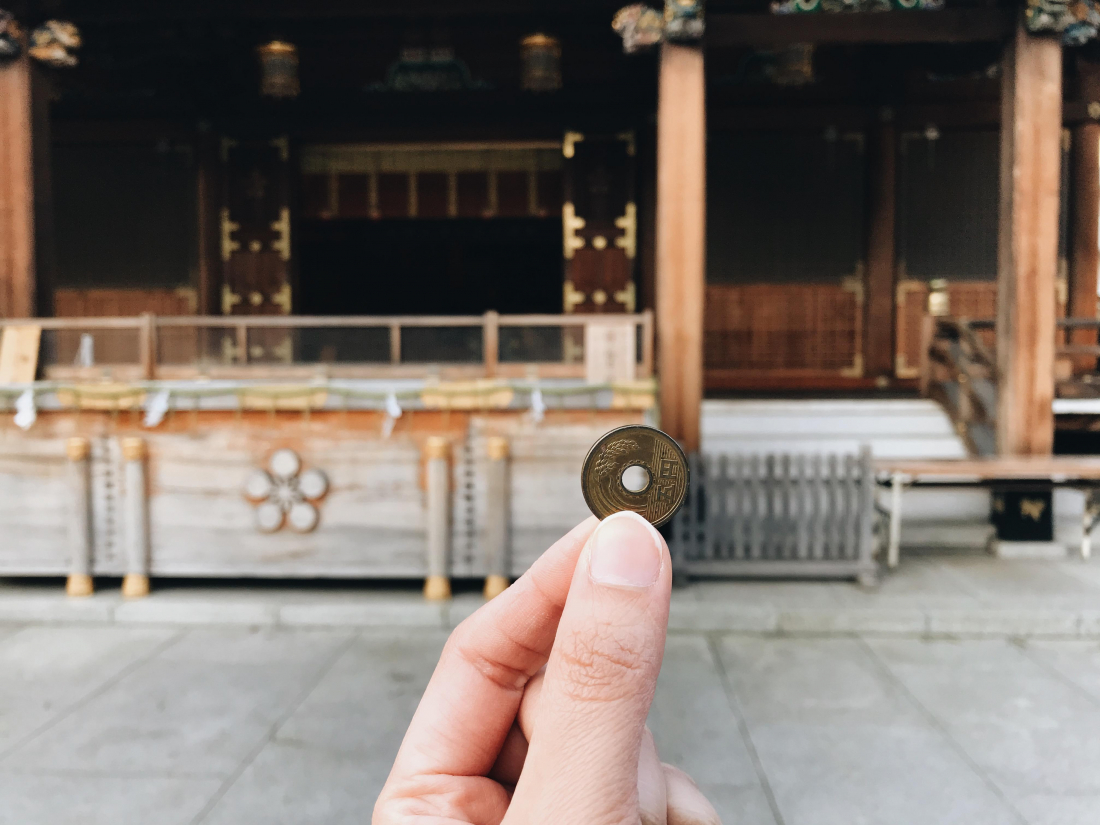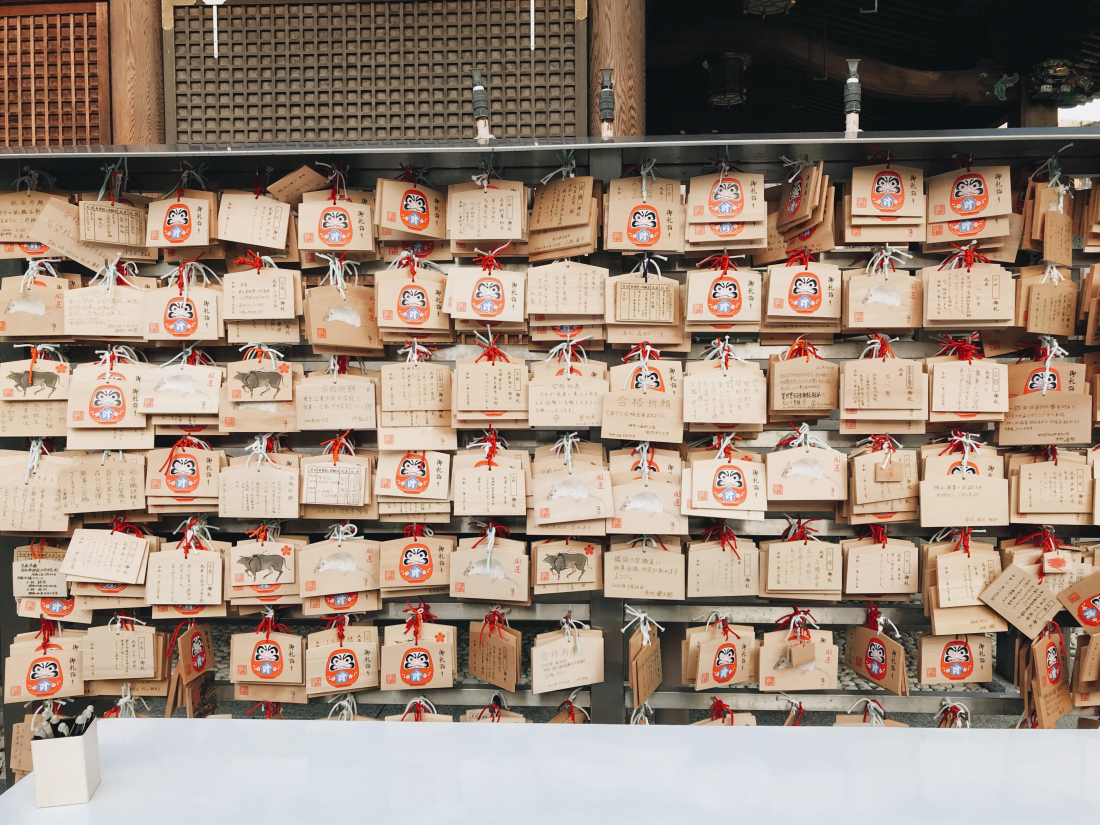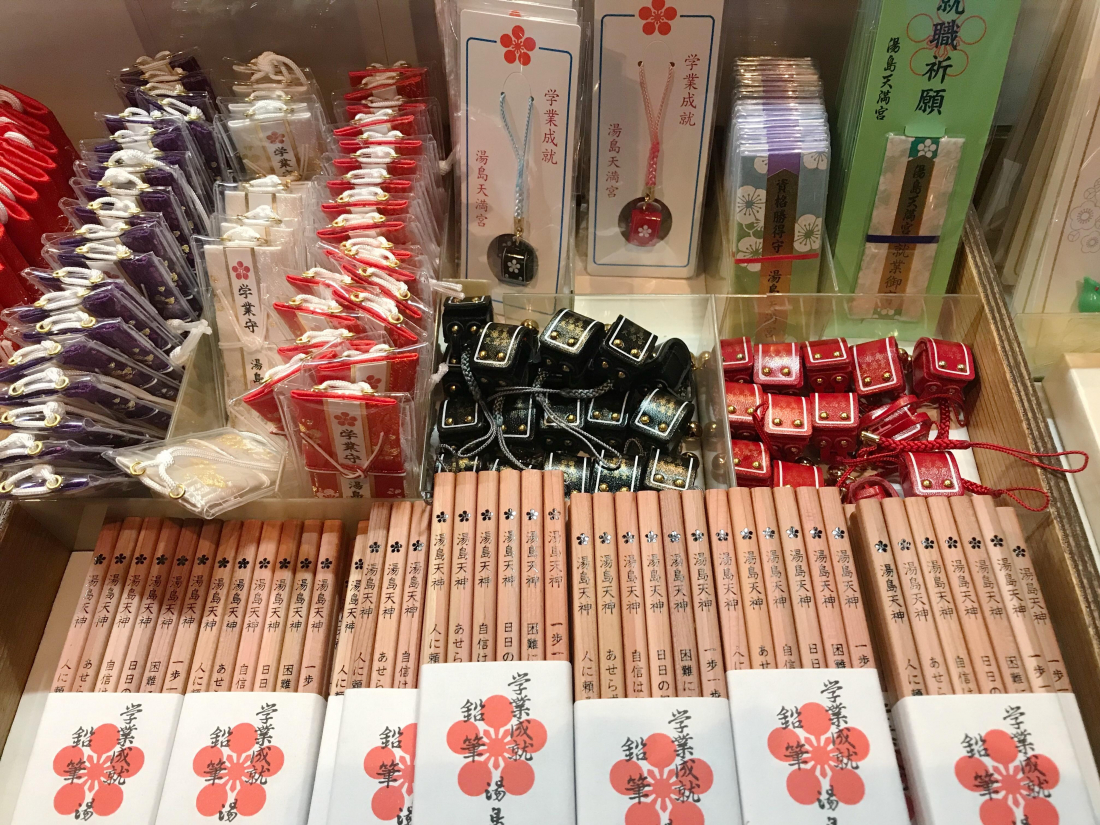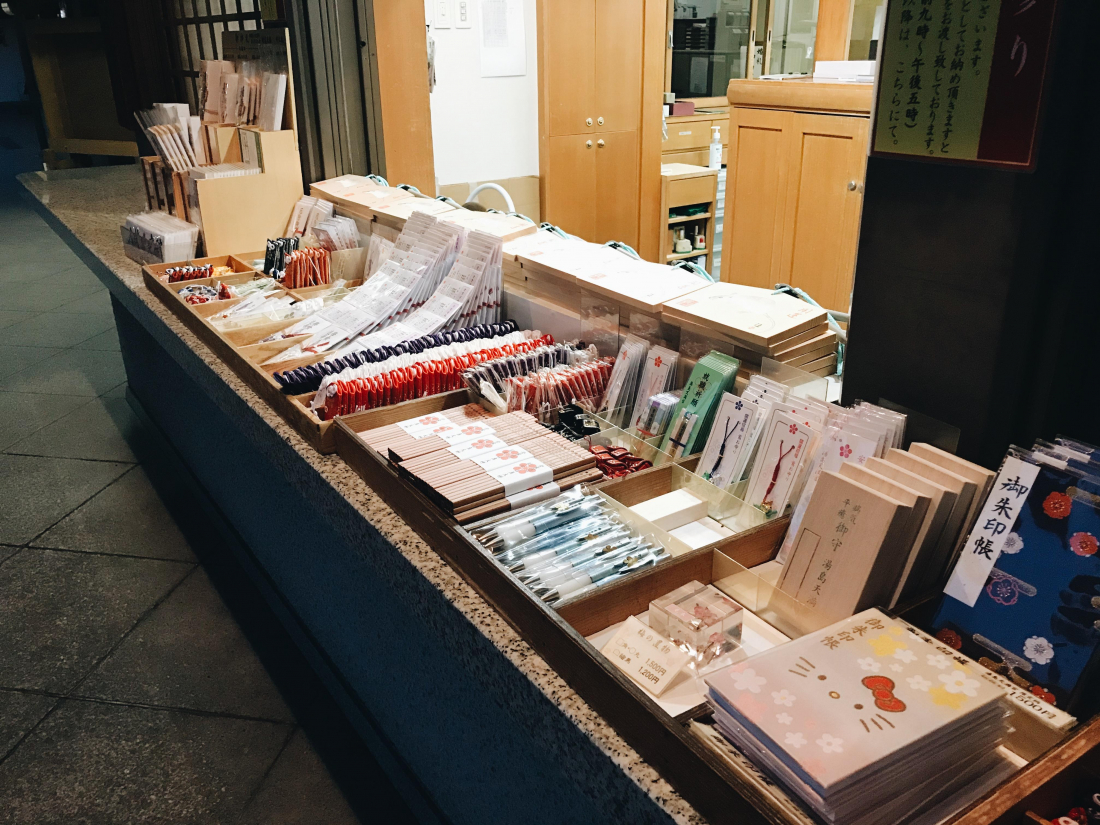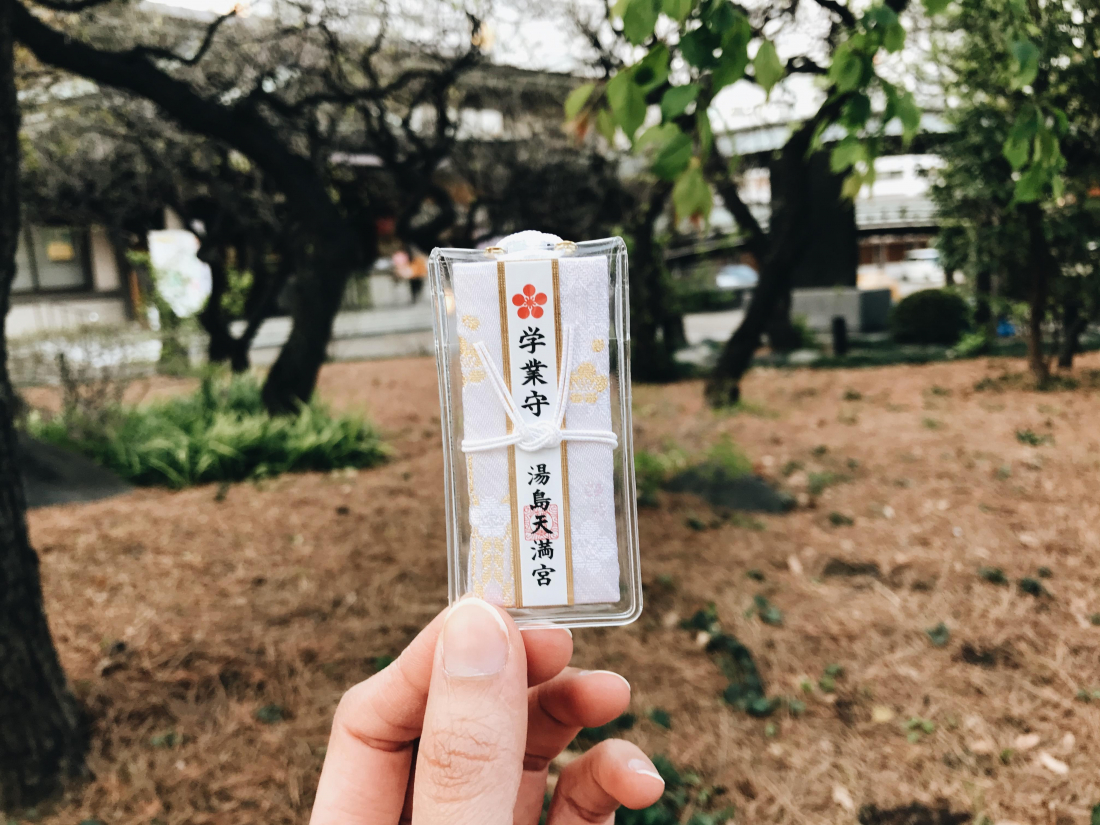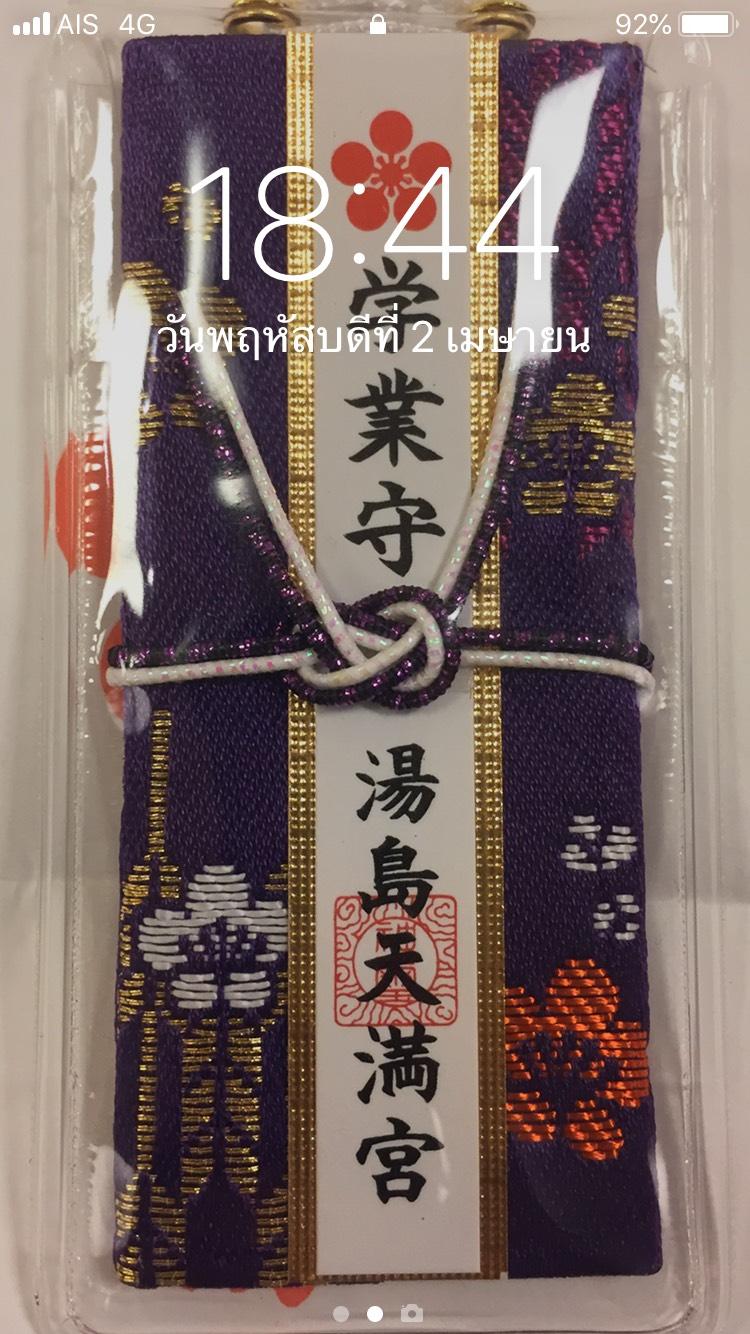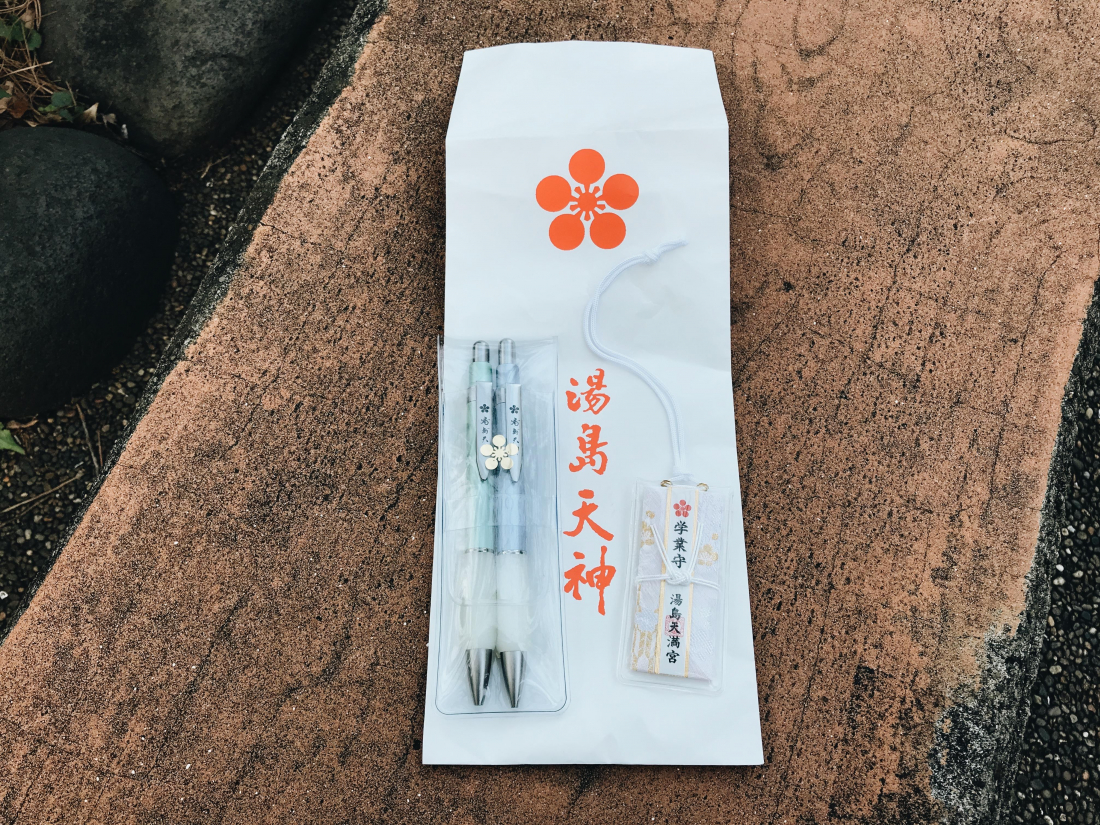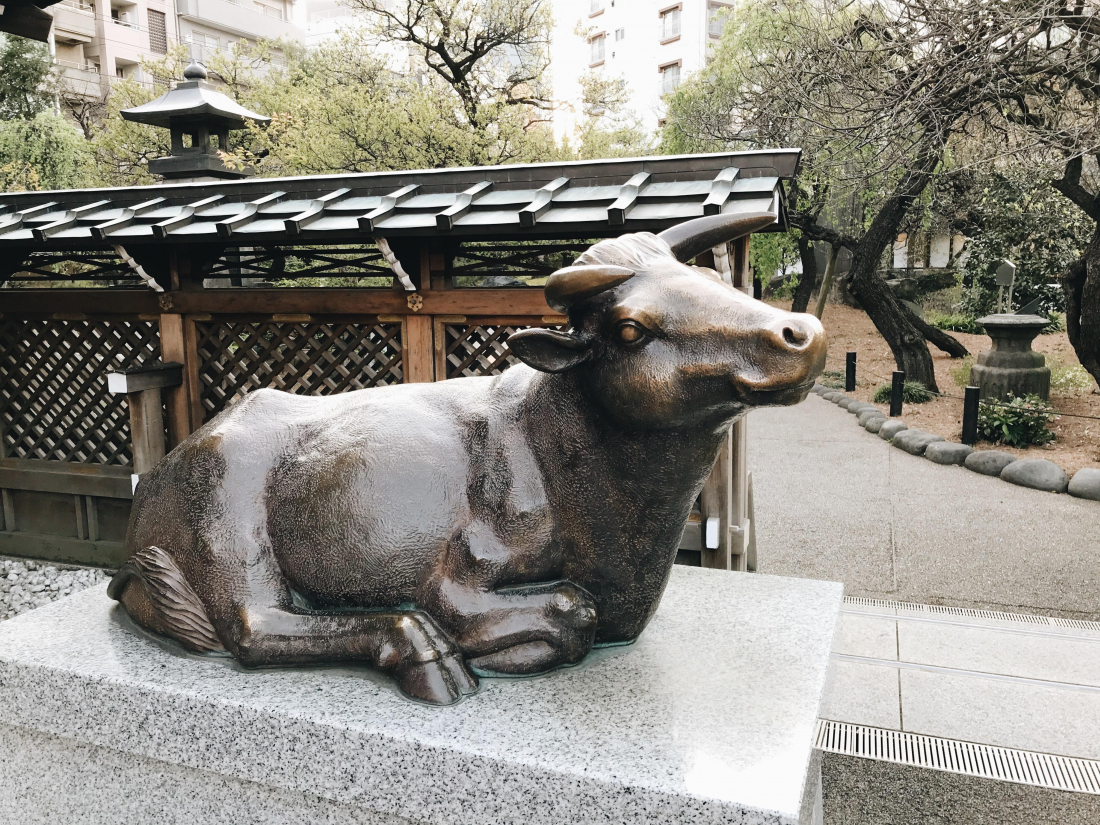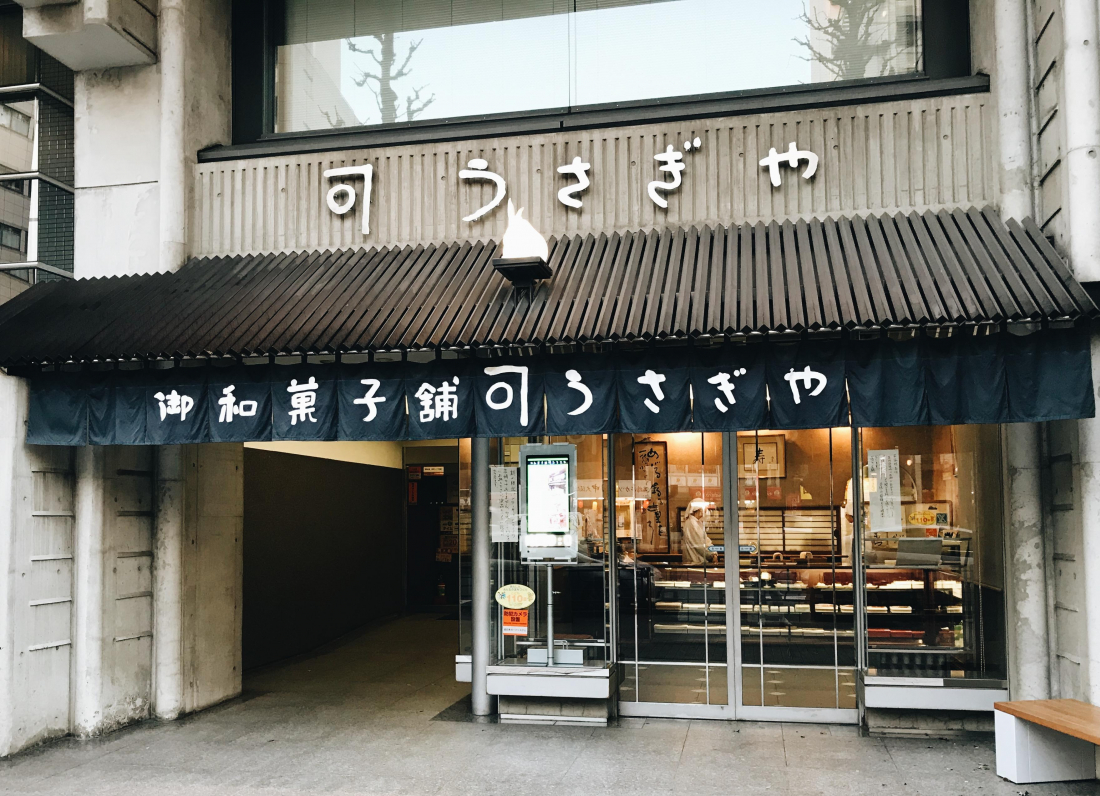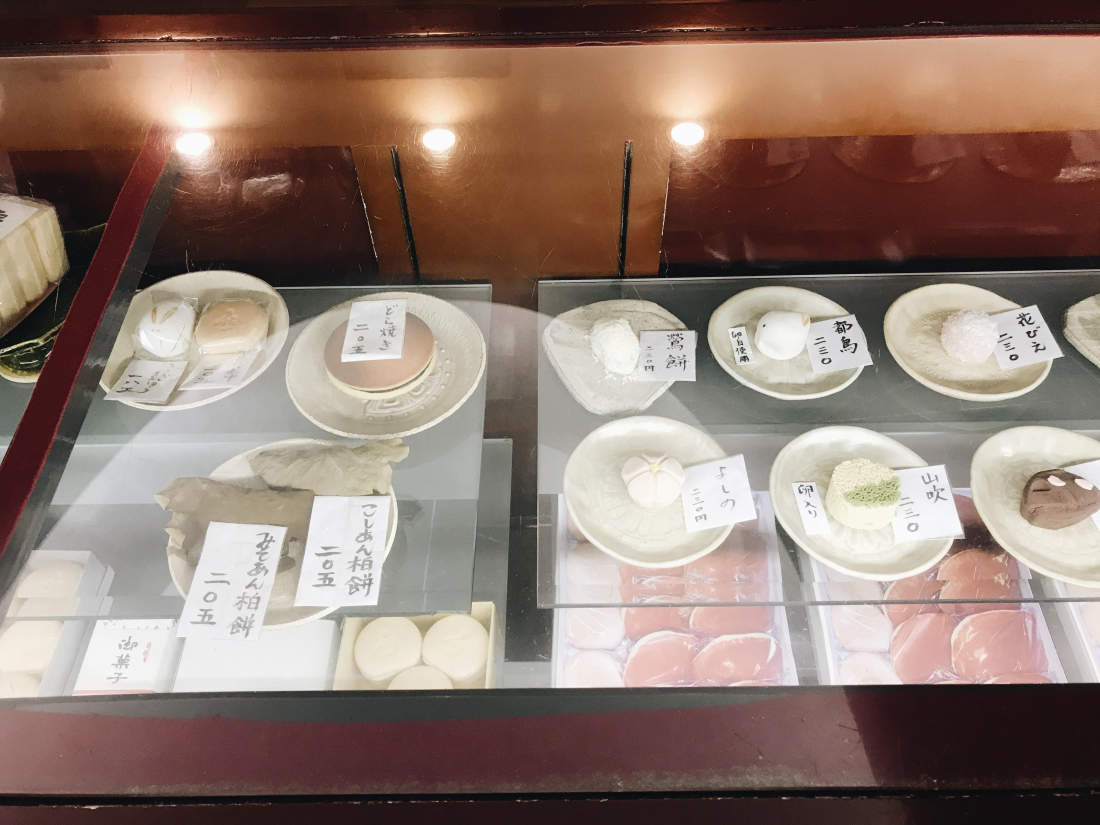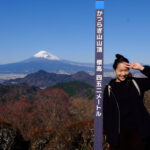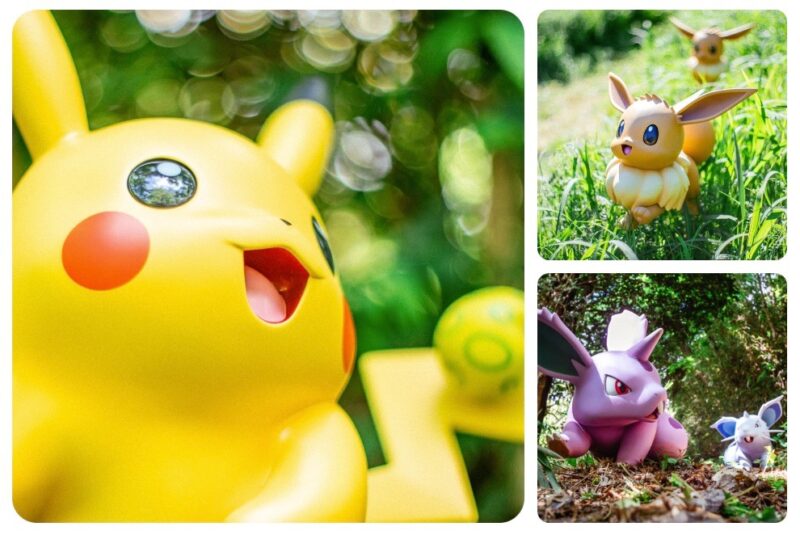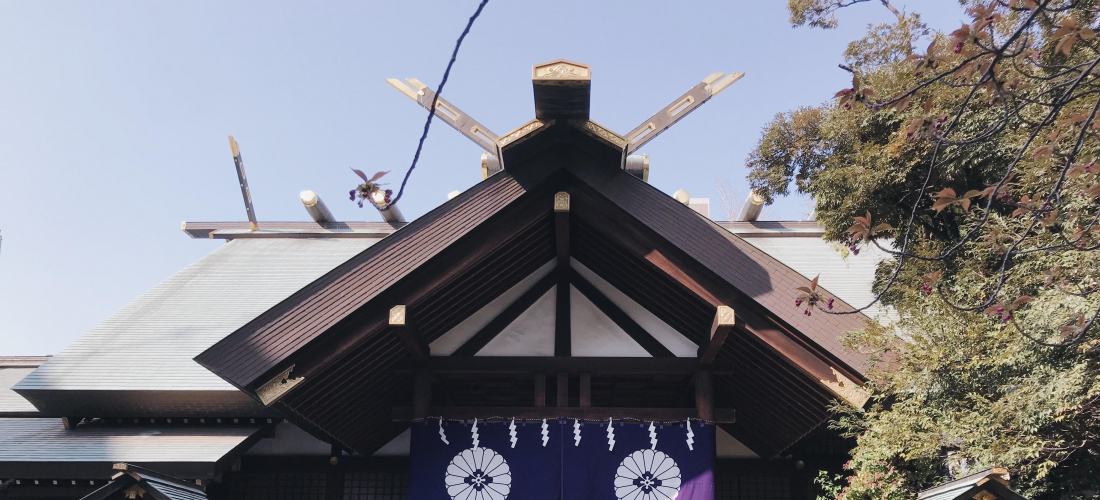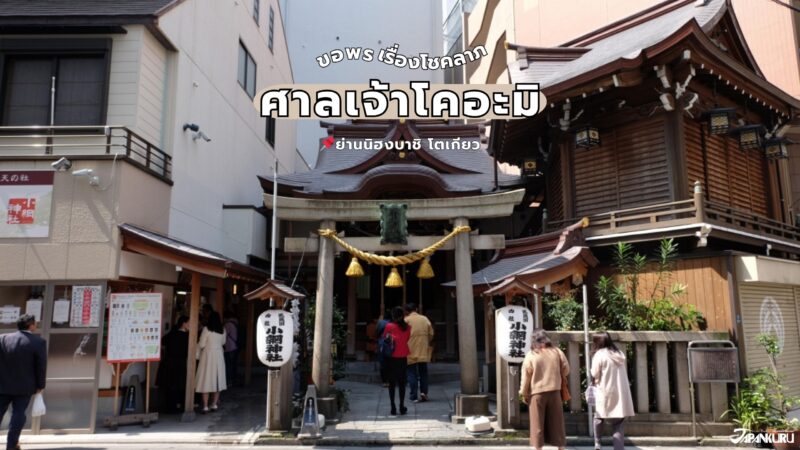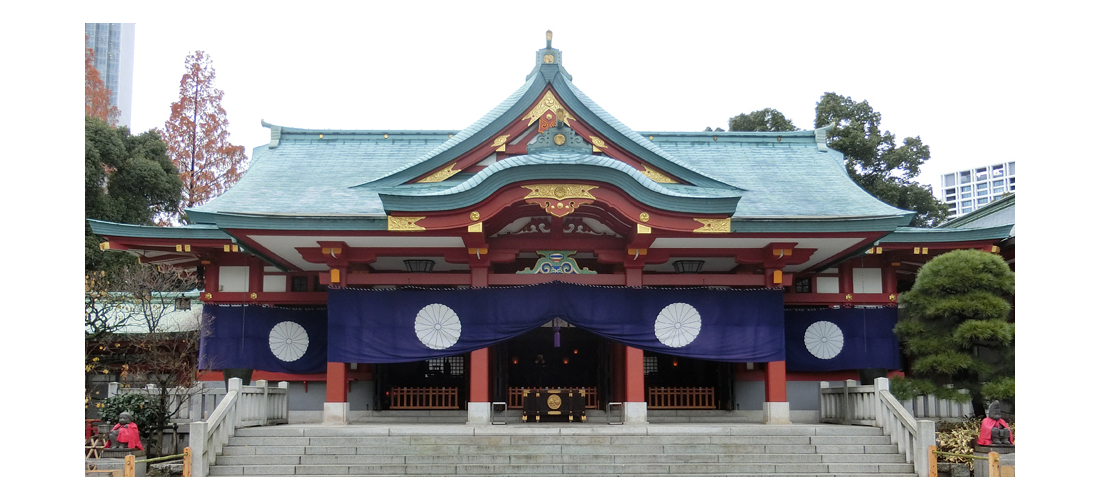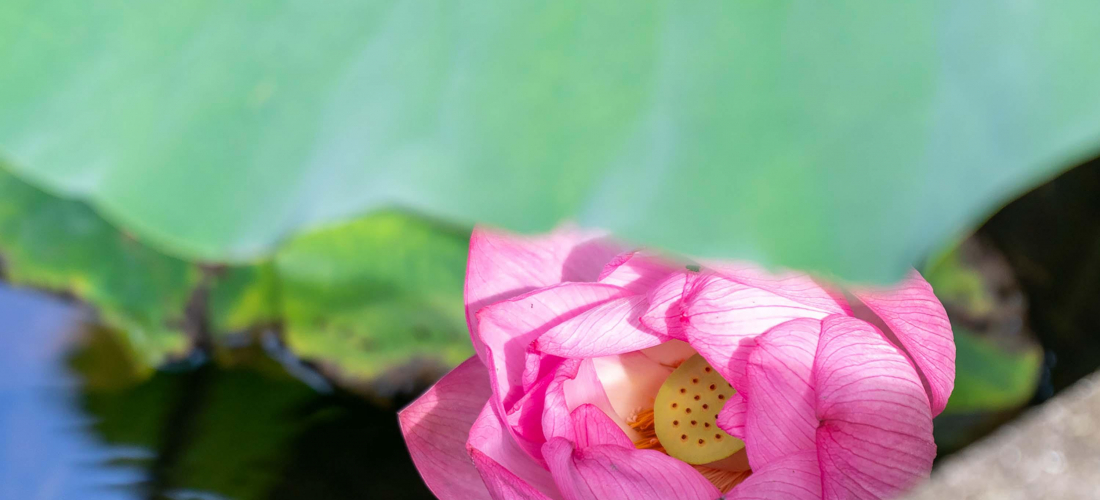Join me on a trip to one of my three favorite shrines in Tokyo, each good for a different kind of luck!
Welcome to Yushima Tenjin Shrine (湯島天神), also known as Yushima Tenmangu (湯島天満宮), established in the year 458! Before we explore the area a little more and try some delicious dorayaki, let’s take a moment to look around the shrine. As a Tenjin shrine, the god enshrined in Yushima is the deification of millennium-old Japanese scholar Sugawara no Michizane, who is said to grant good luck when it comes to your studies and education. The shrine is unsurprisingly pretty popular with the Tokyo University students, whose campus is nearby, but I can also vouch for Yushima Tenjin from personal experience. After buying an omamori (お守り) amulet here, I had some great luck! For a little extra peace of mind during your studies, I highly recommend a visit.
If you’re in the Ueno area but don’t feel like wading through the crowds of the busy Ameyoko shopping area, just 15 minutes from Ueno Station you’ll find a more tranquil destination. The simple torii shrine gate at the top of the stairs means we’ve arrived at the shrine!
Usually, the first thing you do once you enter a shrine is to go wash your hands in the fountain, but due to COVID-19 safety precautions it’s currently off-limits.
Time for a quick prayer! If you’re hoping for a blessing from Tenjin, the proper way to pray at a Shinto shrine involves a few steps. First, gently toss a 5 yen coin into the designated offerings box. Then, bow twice, clap twice, pray with your hands still together, and finally bow once more at the end.
Why a 5 yen coin, you ask? Well, really you can give any amount of money you like, and it’s not uncommon for Japanese people to give more. But 5 yen is the most common offering, and that’s because of a homonym! In Japanese, 5 yen is pronounced “go en,” which is the same pronunciation as the word “ご縁,” which means fate or destiny. Every time you offer the gods your “go en,” you’re destined for a little extra good luck.
Since so many students come to the shrine to pray for good luck in their studies, or a passing exam grade, you’ll see hundreds of ema (絵馬) votives hung up at the shrine. If you see a lot of “合格” written on these, that’s because a lot of students really want to pass!
I was looking forward to this moment, and sure enough, there was the little counter where shrine maidens were selling amulets and good luck charms in all shapes and sizes. Since this is a Tenjin shrine, most of the omamori are meant to give you some extra luck in your studies (and many are accordingly shaped like cute school bags or pencils), but they also have charms for luck in other fields―love, finance, health, etc.
Japanese students use uniquely-shaped randoseru backpacks, which make for especially cute omamori.
When I came here with a friend before we took the Japanese Language Proficiency Test together, this is the omamori I bought myself. They’re available in a variety of colors, but I chose white because I wanted a clean passing grade, like this pure white. If nothing else, we wanted a little extra courage from our visit to the shrine, but in the end we both ended up passing! I don’t really think I can attribute that just to studying hard―our omamori really saved us!
This is my friend’s phone screen―you don’t want to leave your omamori behind and miss out on the good luck!
I bought these for my sister, who was about to take her exams as well. Along with a standard amulet, I got her this set with a pen and a mechanical pencil, to use during her tests.
This cute cow probably won’t help with your studies, but Japanese people believe that if you have any injuries or pains, stroking the same part of the cow’s body will help you recover.
During my visit my lower back was aching, so I gave the cow a little pat. Will I get better now? We’ll have to wait and see.
The shrine also has a little Japanese garden!
When you’re all done with your prayers, I recommend grabbing a snack at this Japanese sweets shop, five minutes or so from the shrine. Usagiya has been open since 1913, so they’ve been making sweets in this traditional little shop for over 100 years.
View this post on Instagram
As a wagashi (和菓子, Japanese sweets) shop, Usagiya offers manjuu (including their rabbit manju, based off the shop’s name), mochi, red bean jelly, and more, but their real specialty is dorayaki (Doraemon’s favorite). When they handed over my dorayaki, it was still warm!
The little pancakes were soft and fluffy, and the sweet red bean filling inside was very tasty. They sell for a little over 200 yen, and will keep for a couple days, although eating them fresh will always be the most delicious option! For more on Usagiya’s sweets, you can check their official website.
Good luck with your studies, everyone! I’ll see you next time when we head to a shrine that promises good luck for your finances!
For more info and updates from Japan, check Japankuru for new articles, and don’t forget to follow us on twitter, instagram, and facebook!
Original Author: Pin
English Edition: Sophia Appelbaum
I've lived in Tokyo for a few years now, and I love wandering Japan looking for good food, lovely new places, and the best tourist attractions throughout the country.
COMMENT
FEATURED MEDIA
VIEW MORE 
A New Tokyo Animal Destination: Relax & Learn About the World’s Animals in Japan
#pr #japankuru #anitouch #anitouchtokyodome #capybara #capybaracafe #animalcafe #tokyotrip #japantrip #카피바라 #애니터치 #아이와가볼만한곳 #도쿄여행 #가족여행 #東京旅遊 #東京親子景點 #日本動物互動體驗 #水豚泡澡 #東京巨蛋城 #เที่ยวญี่ปุ่น2025 #ที่เที่ยวครอบครัว #สวนสัตว์ในร่ม #TokyoDomeCity #anitouchtokyodome

Shohei Ohtani Collab Developed Products & Other Japanese Drugstore Recommendations From Kowa
#pr #japankuru
#kowa #syncronkowa #japanshopping #preworkout #postworkout #tokyoshopping #japantrip #일본쇼핑 #일본이온음료 #오타니 #오타니쇼헤이 #코와 #興和 #日本必買 #日本旅遊 #運動補充能量 #運動飲品 #ช้อปปิ้งญี่ปุ่น #เครื่องดื่มออกกำลังกาย #นักกีฬา #ผลิตภัณฑ์ญี่ปุ่น #อาหารเสริมญี่ปุ่น

도쿄 근교 당일치기 여행 추천! 작은 에도라 불리는 ‘가와고에’
세이부 ‘가와고에 패스(디지털)’ 하나면 편리하게 이동 + 가성비까지 완벽하게! 필름카메라 감성 가득한 레트로 거리 길거리 먹방부터 귀여움 끝판왕 핫플&포토 스폿까지 총집합!
Looking for day trips from Tokyo? Try Kawagoe, AKA Little Edo!
Use the SEIBU KAWAGOE PASS (Digital) for easy, affordable transportation!
Check out the historic streets of Kawagoe for some great street food and plenty of picturesque retro photo ops.
#pr #japankuru #도쿄근교여행 #가와고에 #가와고에패스 #세이부패스 #기모노체험 #가와고에여행 #도쿄여행코스 #도쿄근교당일치기 #세이부가와고에패스
#tokyotrip #kawagoe #tokyodaytrip #seibukawagoepass #kimono #japantrip

Hirakata Park, Osaka: Enjoy the Classic Japanese Theme Park Experience!
#pr #japankuru #hirakatapark #amusementpark #japantrip #osakatrip #familytrip #rollercoaster #retrôvibes #枚方公園 #大阪旅遊 #關西私房景點 #日本親子旅行 #日本遊樂園 #木造雲霄飛車 #히라카타파크 #สวนสนุกฮิราคาตะพาร์ค

🍵Love Matcha? Upgrade Your Matcha Experience With Tsujiri!
・160년 전통 일본 말차 브랜드 츠지리에서 말차 덕후들이 픽한 인기템만 골라봤어요
・抹茶控的天堂!甜點、餅乾、飲品一次滿足,連伴手禮都幫你列好清單了
・ส่องมัทฉะสุดฮิต พร้อมพาเที่ยวร้านดังในอุจิ เกียวโต
#pr #japankuru #matcha #matchalover #uji #kyoto #japantrip #ujimatcha #matchalatte #matchasweets #tsujiri #말차 #말차덕후 #츠지리 #교토여행 #말차라떼 #辻利抹茶 #抹茶控 #日本抹茶 #宇治 #宇治抹茶 #日本伴手禮 #抹茶拿鐵 #抹茶甜點 #มัทฉะ #ของฝากญี่ปุ่น #ชาเขียวญี่ปุ่น #ซึจิริ #เกียวโต

・What Is Nenaito? And How Does This Sleep Care Supplement Work?
・你的睡眠保健品——認識「睡眠茶氨酸錠」
・수면 케어 서플리먼트 ‘네나이토’란?
・ผลิตภัณฑ์เสริมอาหารดูแลการนอน “Nenaito(ネナイト)” คืออะไร?
#pr #japankuru #sleepcare #japanshopping #nenaito #sleepsupplement #asahi #睡眠茶氨酸錠 #睡眠保健 #朝日 #l茶胺酸 #日本藥妝 #日本必買 #일본쇼핑 #수면 #건강하자 #네나이토 #일본영양제 #อาหารเสริมญี่ปุ่น #ช้อปปิ้งญี่ปุ่น #ร้านขายยาญี่ปุ่น #ดูแลตัวเองก่อนนอน #อาซาฮิ

Japanese Drugstore Must-Buys! Essential Items from Hisamitsu® Pharmaceutical
#PR #japankuru #hisamitsu #salonpas #feitas #hisamitsupharmaceutical #japanshopping #tokyoshopping #traveltips #japanhaul #japantrip #japantravel

Whether you grew up with Dragon Ball or you just fell in love with Dragon Ball DAIMA, you'll like the newest JINS collab. Shop this limited-edition Dragon Ball accessory collection to find some of the best Dragon Ball merchandise in Japan!
>> Find out more at Japankuru.com! (link in bio)
#japankuru #dragonball #dragonballdaima #animecollab #japanshopping #jins #japaneseglasses #japantravel #animemerch #pr

This month, Japankuru teamed up with @official_korekoko to invite three influencers (originally from Thailand, China, and Taiwan) on a trip to Yokohama. Check out the article (in Chinese) on Japankuru.com for all of their travel tips and photography hints - and look forward to more cool collaborations coming soon!
【橫濱夜散策 x 教你怎麼拍出網美照 📸✨】
每次來日本玩,是不是都會先找旅日網紅的推薦清單?
這次,我們邀請擁有日本豐富旅遊經驗的🇹🇭泰國、🇨🇳中國、🇹🇼台灣網紅,帶你走進夜晚的橫濱!從玩樂路線到拍照技巧,教你怎麼拍出最美的夜景照。那些熟悉的景點,換個視角說不定會有新發現~快跟他們一起出發吧!
#japankuru #橫濱紅磚倉庫 #汽車道 #中華街 #yokohama #japankuru #橫濱紅磚倉庫 #汽車道 #中華街 #yokohama #yokohamaredbrickwarehouse #yokohamachinatown

If you’re a fan of Vivienne Westwood's Japanese designs, and you’re looking forward to shopping in Harajuku this summer, we’ve got important news for you. Vivienne Westwood RED LABEL Laforet Harajuku is now closed for renovations - but the grand reopening is scheduled for July!
>> Find out more at Japankuru.com! (link in bio)
#japankuru #viviennewestwood #harajuku #omotesando #viviennewestwoodredlabel #viviennewestwoodjapan #비비안웨스트우드 #오모테산도 #하라주쿠 #日本購物 #薇薇安魏斯伍德 #日本時尚 #原宿 #表參道 #japantrip #japanshopping #pr

Ready to see TeamLab in Kyoto!? At TeamLab Biovortex Kyoto, the collective is taking their acclaimed immersive art and bringing it to Japan's ancient capital. We can't wait to see it for ourselves this autumn!
>> Find out more at Japankuru.com! (link in bio)
#japankuru #teamlab #teamlabbiovortex #kyoto #kyototrip #japantravel #artnews
Photos courtesy of teamLab, Exhibition view of teamLab Biovortex Kyoto, 2025, Kyoto ® teamLab, courtesy Pace Gallery

Japanese Makeup Shopping • A Trip to Kamakura & Enoshima With Canmake’s Cool-Toned Summer Makeup
#pr #canmake #enoshima #enoden #에노시마 #캔메이크 #japanesemakeup #japanesecosmetics

⚔️The Robot Restaurant is gone, but the Samurai Restaurant is here to take its place. Check it out, and don't forget your coupon!
🍣신주쿠의 명소 로봇 레스토랑이 사무라이 레스토랑으로 부활! 절찬 쿠폰 발급중
💃18歲以上才能入場的歌舞秀,和你想的不一樣!拿好優惠券去看看~
#tokyo #shinjuku #samurairestaurant #robotrestaurant #tokyotrip #도쿄여행 #신주쿠 #사무라이레스토랑 #이색체험 #할인이벤트 #歌舞伎町 #東京景點 #武士餐廳 #日本表演 #日本文化體驗 #japankuru #japantrip #japantravel #japanlovers #japan_of_insta

Japanese appliance & electronics shopping with our KOJIMA x BicCamera coupon!
用JAPANKURU的KOJIMA x BicCamera優惠券買這些正好❤️
코지마 x 빅 카메라 쿠폰으로 일본 가전 제품 쇼핑하기
#pr #japankuru #japanshopping #kojima #biccamera #japaneseskincare #yaman #dji #osmopocket3 #skincaredevice #日本購物 #美容儀 #相機 #雅萌 #日本家電 #일본여행 #면세 #여행꿀팁 #일본쇼핑리스트 #쿠폰 #일본쇼핑 #일본브랜드 #할인 #코지마 #빅카메라 #japankurucoupon
MAP OF JAPAN
SEARCH BY REGION

LATEST
VIEW MOREEVENT CALENDAR
VIEW MORE



